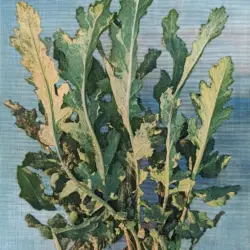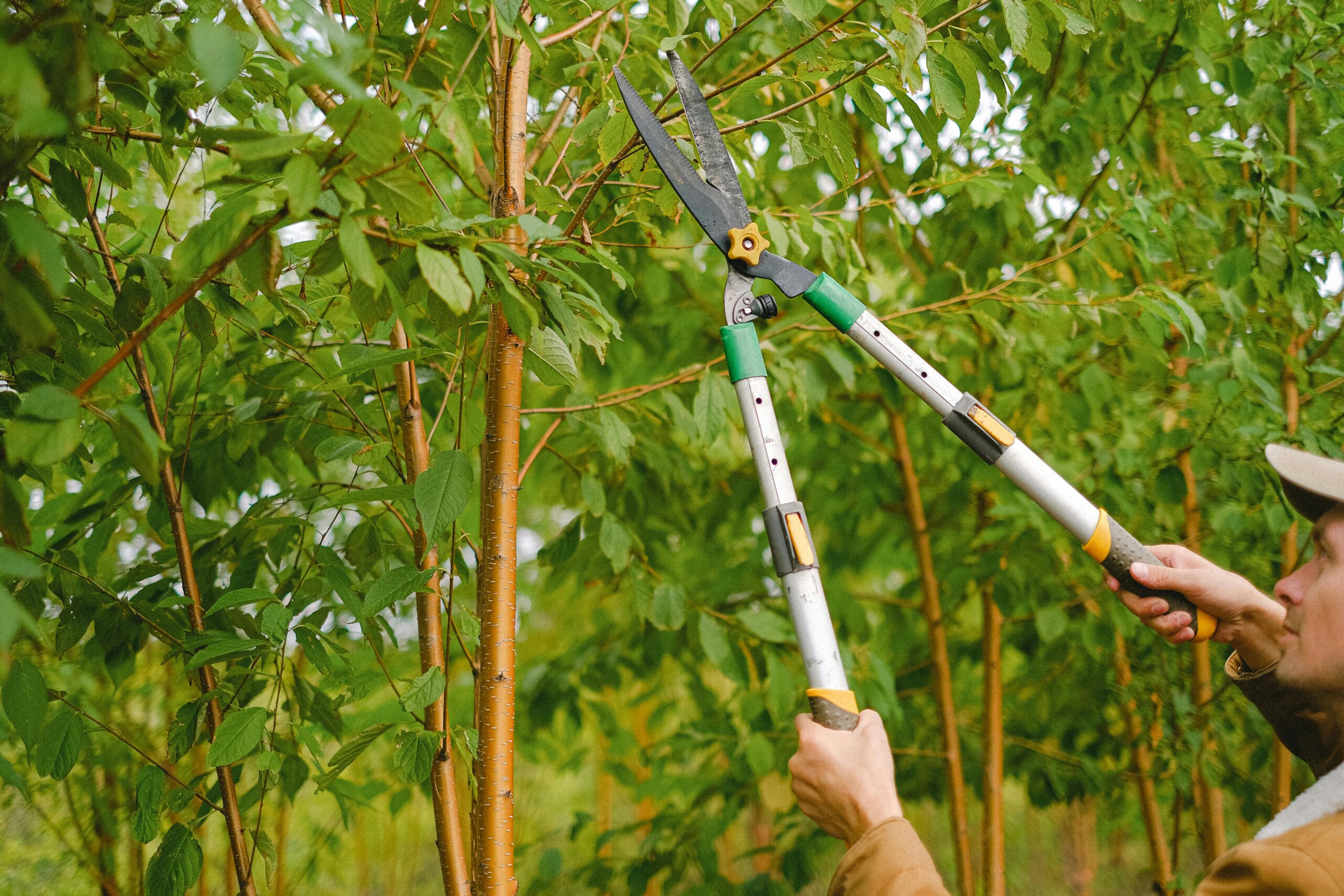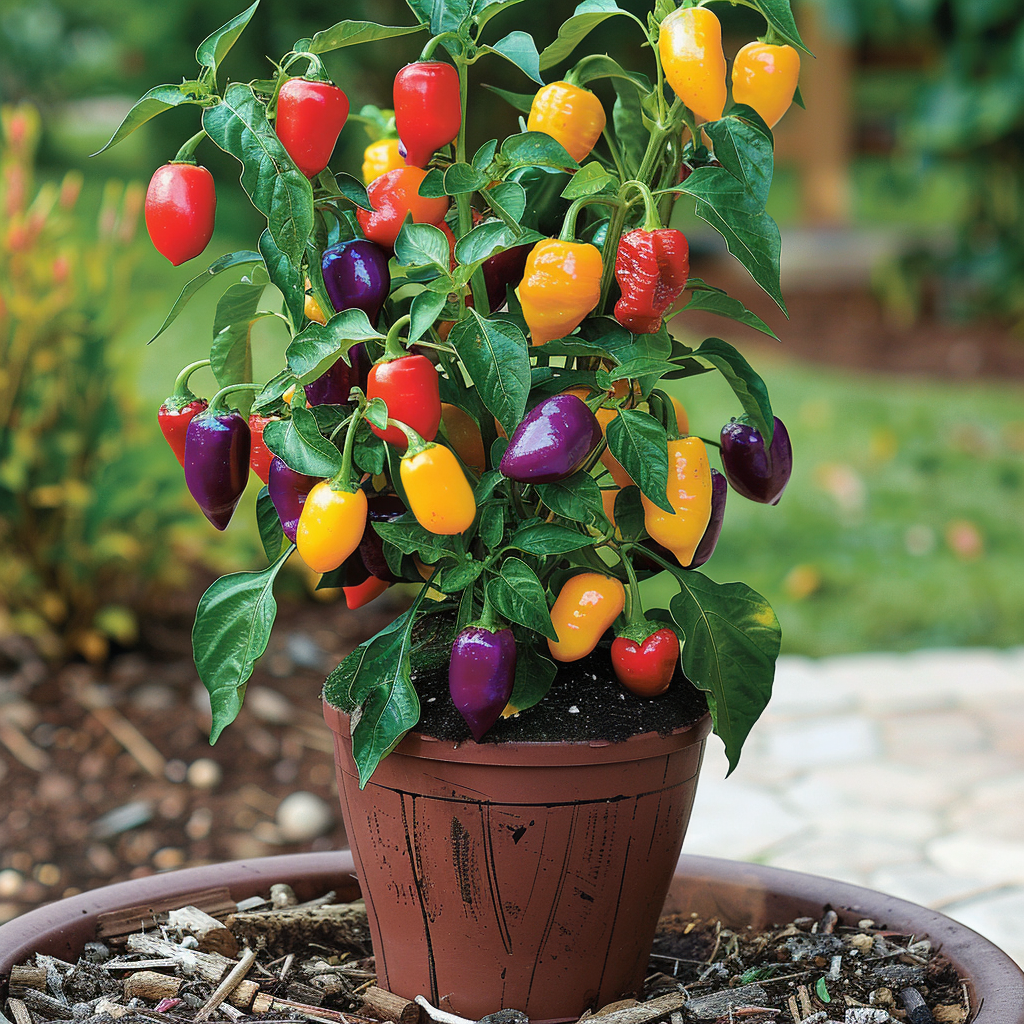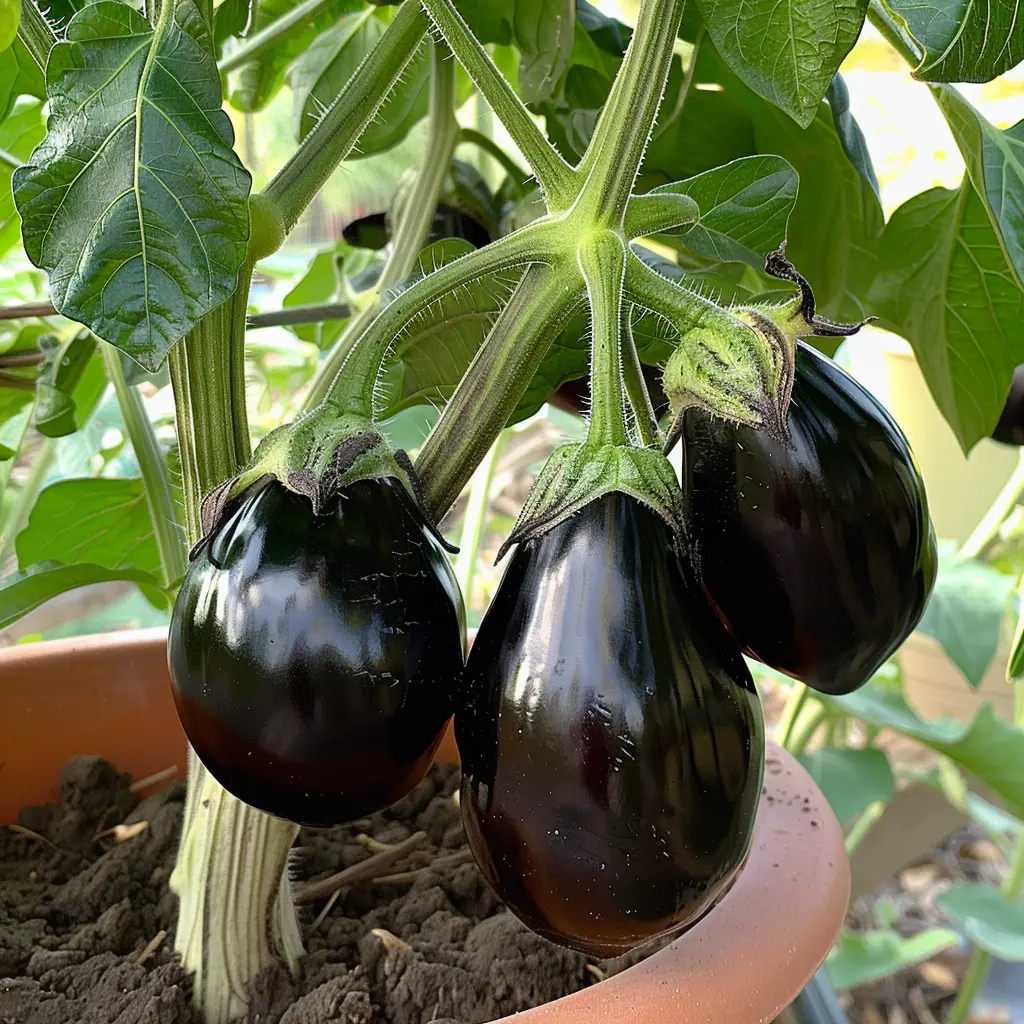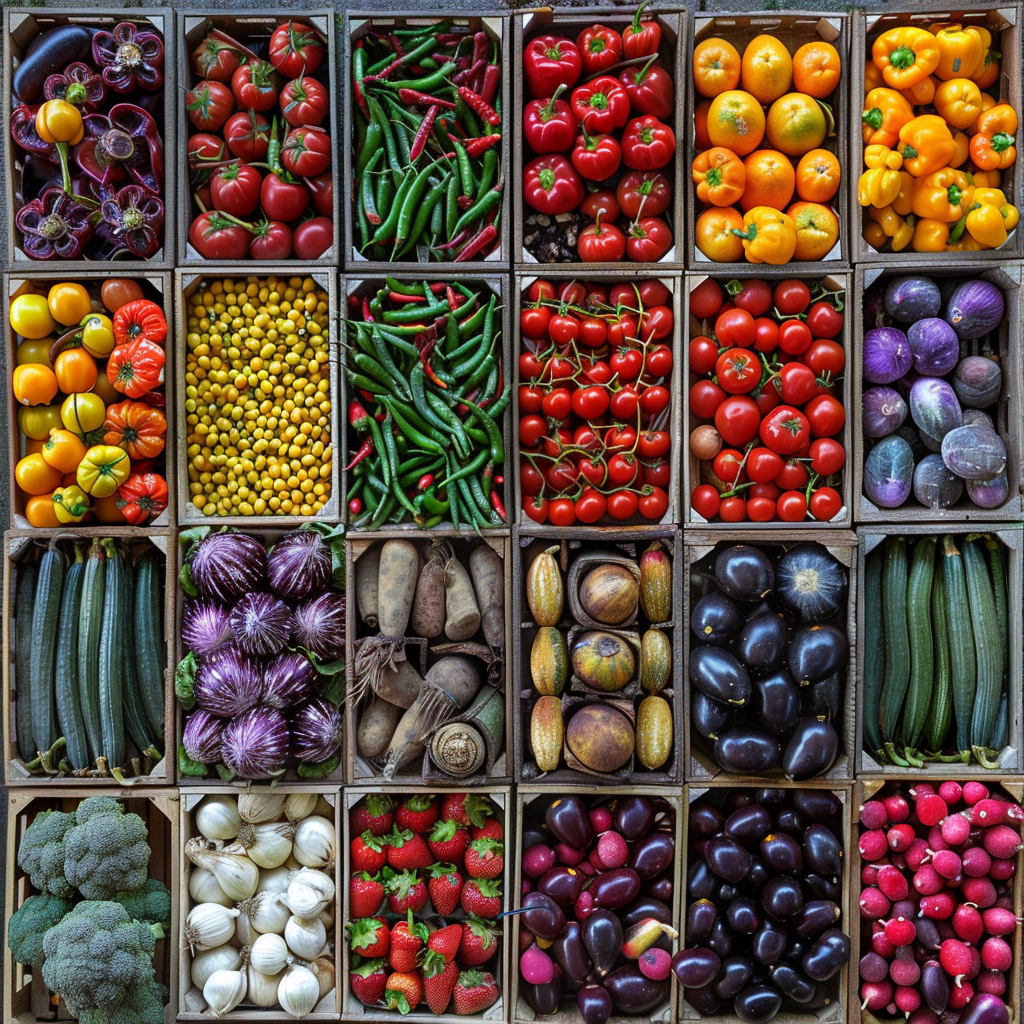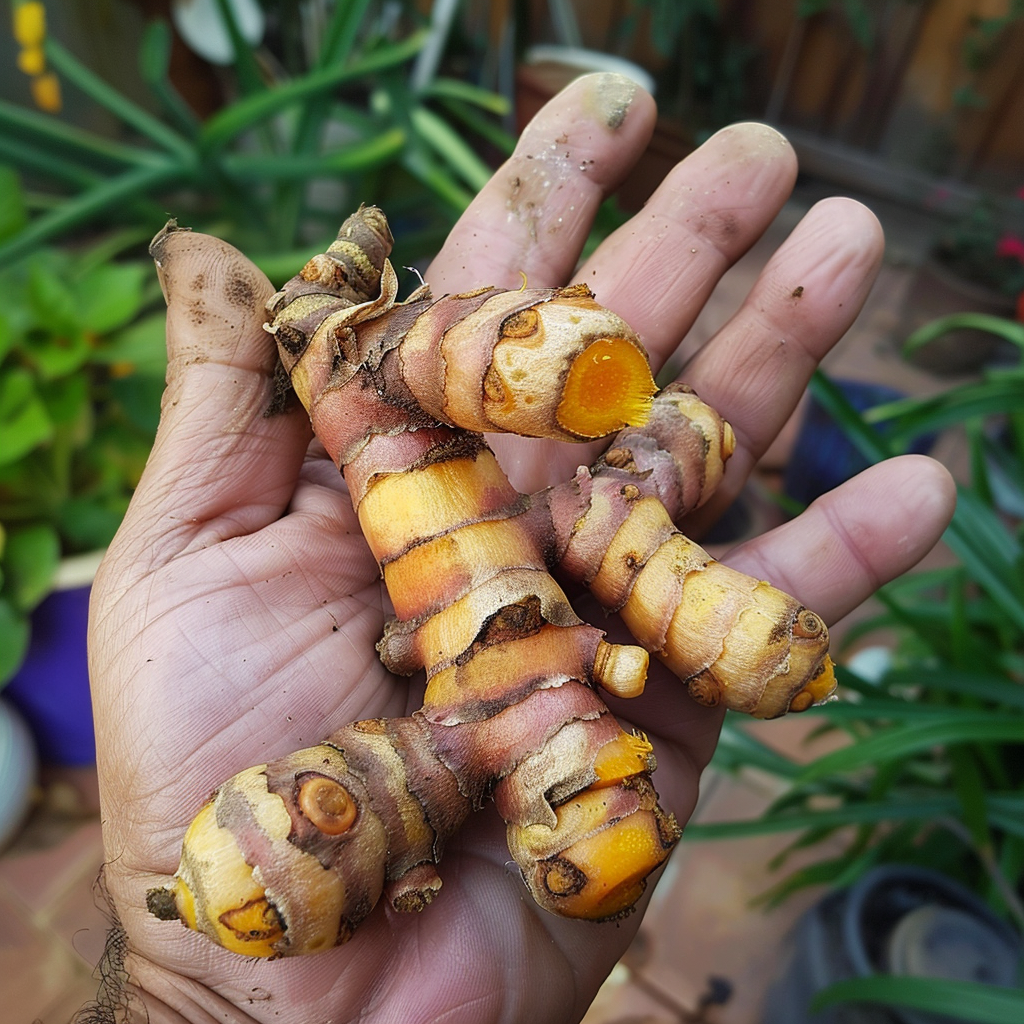Growing your own vegetables can save money while reducing food waste. Surprisingly, many common vegetables can be regrown from scraps that might otherwise be discarded. Making full use of a plant’s ability to re-sprout from cuttings or partial bulbs utilizes natural growing processes to expand your vegetable garden for free.
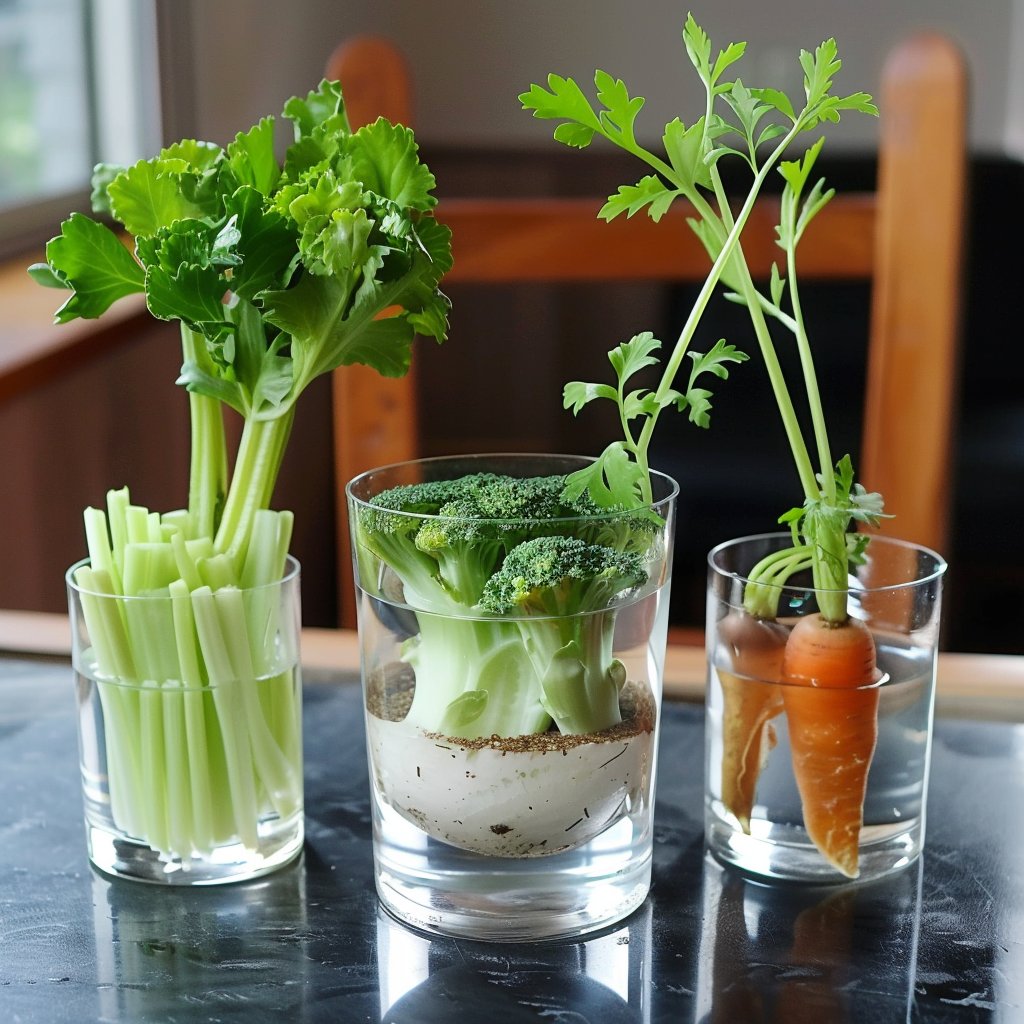
Which Vegetable Scraps Can Be Re-Grown?
Many vegetable plants are capable of regenerating new roots and plant matter with just a small piece remaining. The following vegetables can easily be re-grown from scraps:
Root Vegetables
- Potatoes
- Sweet potatoes
- Carrots
- Turnips
- Parsnips
- Beets
- Fennel
- Onions
- Garlic
- Leeks
- Shallots
Leafy Greens
- Lettuce
- Bok Choy
- Cabbage
- Celery
Herbs
- Basil
- Mint
- Cilantro
Step-by-Step Guide to Re-Growing Vegetables from Scraps
Getting regenerated vegetables from scraps only requires a few simple steps.
Potatoes and Sweet Potatoes
- Allow potato peelings or pieces with eyes to dry out slightly overnight.
- Plant peelings or potato pieces with eyes facing up in soil, just like you would with seed potatoes.
- For sweet potatoes, suspend a chopped sweet potato half in water using toothpicks.
- Once sprouts form on the sweet potato and grow to about 4 inches, remove and place sprout base in water.
- Plant slips in soil once roots establish on the removed sprouts.
Onions, Garlic, Leeks and Shallots
- Remove scrap bulb pieces or stems with root base attached.
- Place bases in shallow water dish.
- Harvest regrown green shoots as needed or replant in soil for continued growing.
Celery and Fennel
- Chop off bottom portion of vegetable, leaving about 1 inch attached.
- Place base in small bowl with shallow warm water, keeping it in a sunny area.
- Harvest regrown leaves as needed or transplant back to garden once established.
Leafy Greens
- Retain rooting portions of lettuce, bok choy or cabbage cores.
- Place in water and wait for second flush of leaves.
- Individual leaves can also grow new plants – place in water, waiting for roots and leaves to emerge before transplanting.
Herbs
- Remove a stem cutting about 4 inches long, ensuring it has leaf nodes intact.
- Place in a jar filled with water, keeping leaves above the water line.
- Once roots establish, plant cutting into potting soil or garden.
Additional Tips
- Save seeds from vegetable plants at the end of the season to re-plant next year
- Eat often discarded pieces of plants – beet and turnip greens, pea shoots, etc.
- Use scraps that won’t re-grow for stock or compost
- Practice organic gardening to reduce need for purchasing soil amendments and pest deterrents
Following these simple vegetable scrap regrowing methods reduces waste while expanding garden produce at no cost, year after year. Get into the habit of reusing scrap pieces and you’ll save money on vegetable starts while making full use of already purchased plants.

